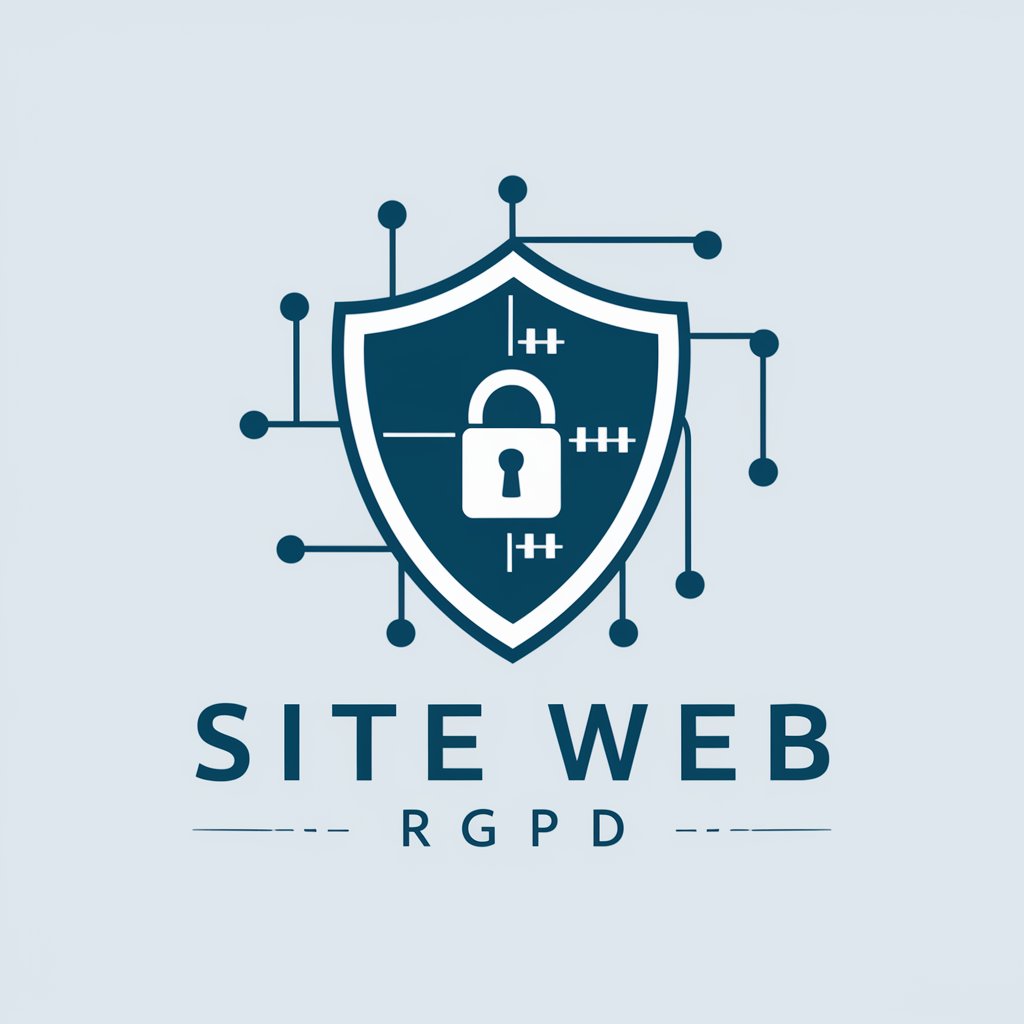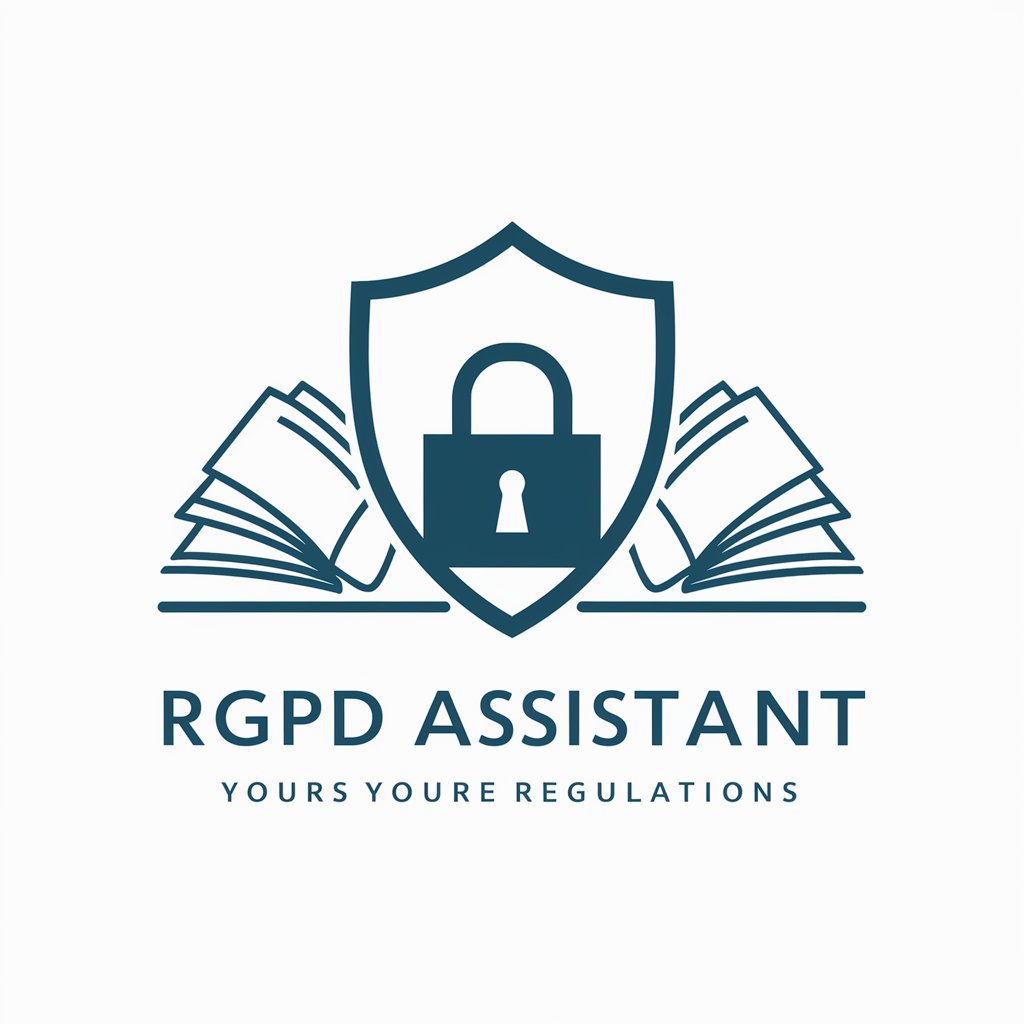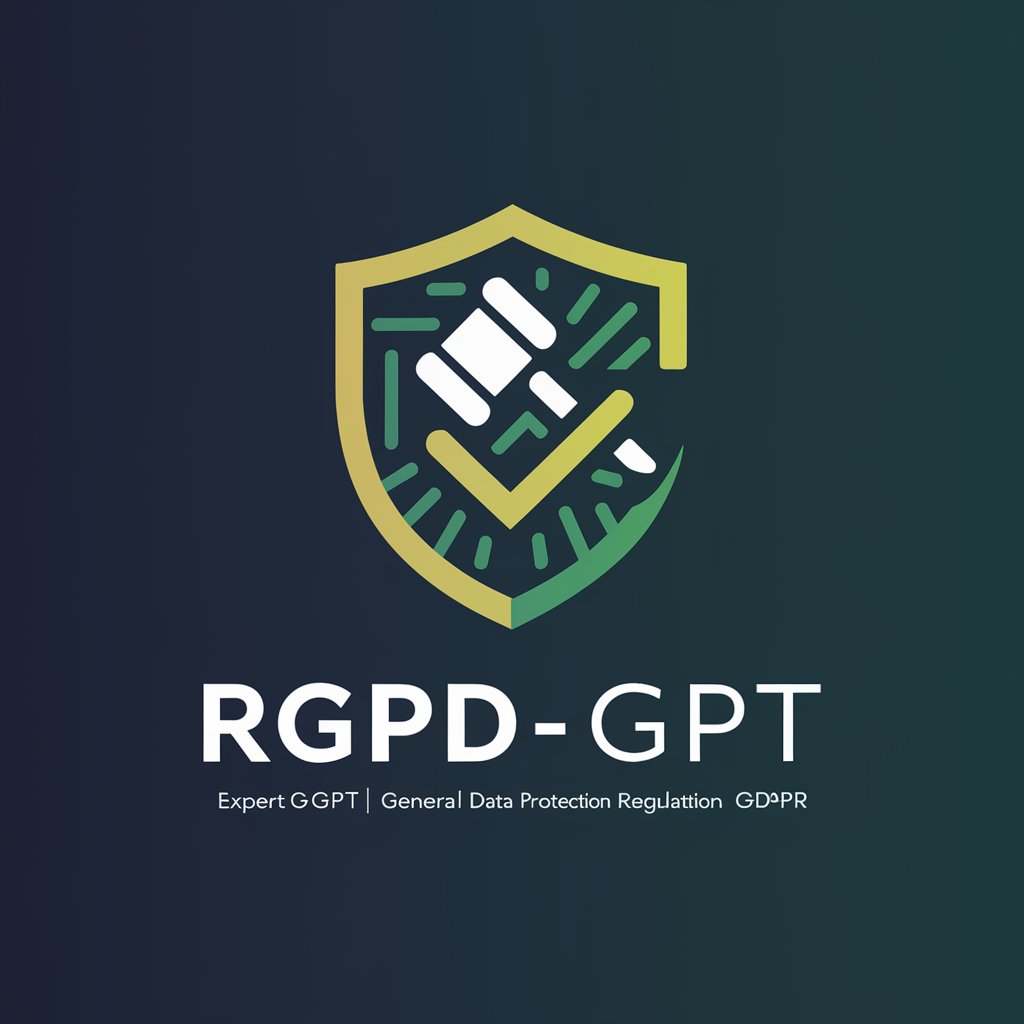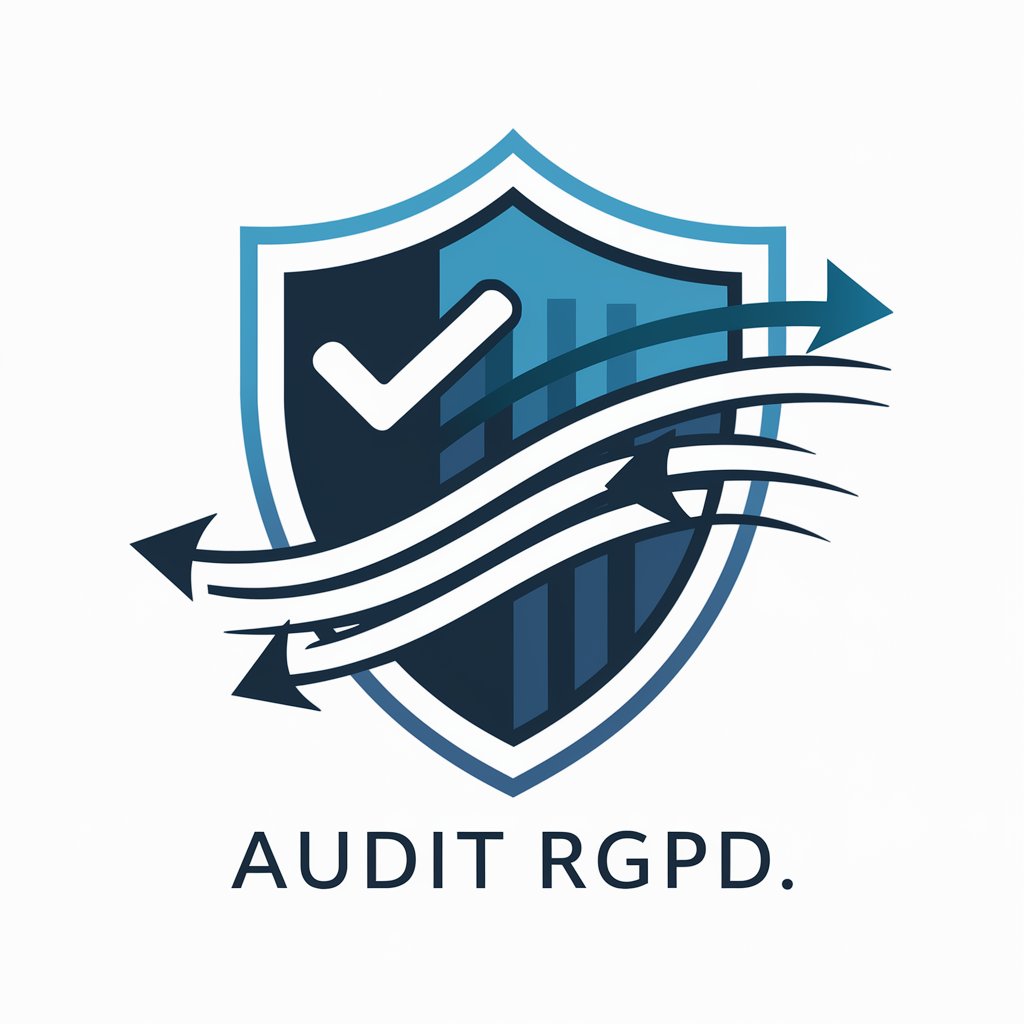
Site Web RGPD - GDPR Compliance Advisor

Welcome to Site Web RGPD, your GDPR compliance guide!
Ensuring Website Compliance, AI-Powered
How can I ensure my website is compliant with GDPR?
What are the best practices for securing web communications?
Can you explain the guidelines for using cookies under GDPR?
What measures should I take to protect personal data on my site?
Get Embed Code
Introduction to Site Web RGPD
Site Web RGPD is designed as a specialized assistant for GDPR compliance on websites, offering guidance on data protection and website security measures. It addresses essential topics such as the implementation of TLS protocols, limiting communication ports, and restricting access to administration tools to enhance security. Additionally, it emphasizes practices to avoid, such as transmitting personal data via URLs or utilizing insecure services. By providing recommendations on cookie usage in line with data protection rules, drawing from authoritative sources like CNIL guidelines and ANSSI recommendations for web security, Site Web RGPD serves as a comprehensive resource. Examples of its utility include guiding the encryption of data in transit to prevent interception, advising on secure cookie settings to protect user sessions, and highlighting the importance of regular security audits to identify and mitigate vulnerabilities. Powered by ChatGPT-4o。

Main Functions of Site Web RGPD
Guidance on Data Protection and Compliance
Example
Advising on the implementation of GDPR-compliant privacy policies, detailing the necessary elements such as data subject rights, data processing activities, and consent mechanisms.
Scenario
A website owner looking to update their privacy policy to ensure it meets GDPR standards would use Site Web RGPD to understand the key components to include, such as clear explanations of user rights and how to withdraw consent.
Recommendations on Technical Security Measures
Example
Providing insights on the use of HTTPS, secure cookies, and Content Security Policy (CSP) to safeguard against common web vulnerabilities.
Scenario
An e-commerce platform seeking to enhance its website security might use Site Web RGPD to learn about implementing HTTPS to secure data in transit and CSP to prevent cross-site scripting attacks.
Best Practices for Cookie Management
Example
Offering detailed guidelines on obtaining user consent for cookies, classifying different types of cookies, and setting up proper cookie banners in accordance with CNIL directives.
Scenario
A blog owner wants to ensure their cookie consent mechanism is compliant with the latest regulatory guidance. Site Web RGPD provides them with steps to classify cookies correctly and design a consent banner that meets legal requirements.
Ideal Users of Site Web RGPD Services
Website Owners and Administrators
Individuals or entities responsible for managing websites, especially those processing personal data of EU citizens. They benefit from Site Web RGPD by ensuring their sites comply with GDPR, thereby avoiding potential fines and strengthening trust with their users.
Web Developers and Designers
Professionals involved in creating and maintaining websites, seeking to integrate GDPR compliance into their development and design practices. Site Web RGPD offers them practical advice on secure coding practices and privacy-by-design principles.
Data Protection Officers (DPOs) and Compliance Teams
Specialists tasked with overseeing data protection strategies within organizations. They use Site Web RGPD to stay updated on best practices for GDPR compliance and to ensure organizational processes align with regulatory requirements.

Using Site Web RGPD: A Step-by-Step Guide
Step 1
Visit yeschat.ai for a free trial without login, also no need for ChatGPT Plus. This initial step provides easy access to the tool without any commitment or the necessity of advanced subscriptions.
Step 2
Choose the specific compliance advice you require. Site Web RGPD offers guidance on various aspects of GDPR compliance for websites, including data protection, security protocols, and cookie management.
Step 3
Interact with the tool by inputting your website's details or specific queries. The AI will analyze the information and provide tailored advice based on current GDPR guidelines and best practices.
Step 4
Implement the suggested changes to your website. This may involve adjusting security settings, updating cookie policies, or modifying data handling processes.
Step 5
Regularly consult Site Web RGPD for ongoing compliance checks and updates on GDPR regulations, ensuring that your website remains compliant over time.
Try other advanced and practical GPTs
Elite Minds
Unlocking the power of knowledge with AI

¡ Homeopathy Academy Tutor !
Empower your homeopathy journey with AI

IKITOMU Eco Sommelier
The Flamboyant AI Wine and Art Maestro

CV Architect GPT
AI-Powered CV Tailoring at Your Fingertips

Video Script
Craft Your Story with AI

Culinary Creator
Empowering Your Culinary Journey with AI

Grammar Tutor
Empowering Your Words with AI

AI DEI
Empowering Diversity with AI

易经卡尔
Ancient wisdom through AI divination

Chat Your Own Adventure: Framed for Murder
Solve Artful Mysteries with AI

Mend
Navigate Heartbreak with AI Empathy

小学全能特级教师
Empowering elementary learning with AI

Frequently Asked Questions About Site Web RGPD
What is Site Web RGPD?
Site Web RGPD is an AI-powered tool designed to help website owners ensure GDPR compliance. It provides advice on data protection, web security, and cookie management in accordance with the latest regulations and guidelines.
How does Site Web RGPD keep up with GDPR changes?
The tool regularly updates its database with the latest GDPR regulations and guidelines, ensuring that the advice it provides is current and accurate.
Can Site Web RGPD help with cookie policy compliance?
Yes, it offers specific guidance on creating and managing cookie policies in line with GDPR requirements, utilizing resources like CNIL guidelines.
Is Site Web RGPD suitable for all types of websites?
Yes, it is versatile and can be used by various websites, from e-commerce platforms to personal blogs, for GDPR compliance.
What makes Site Web RGPD different from other GDPR tools?
Its AI-powered analysis provides tailored advice, making it more efficient and specific compared to generic GDPR compliance tools.





